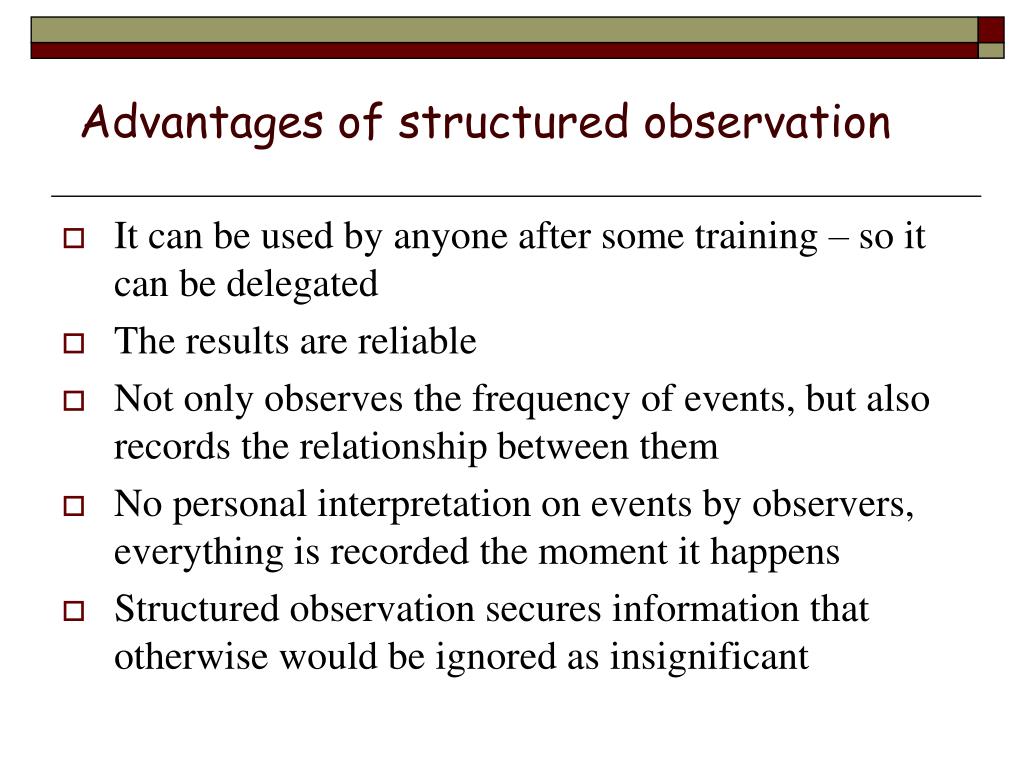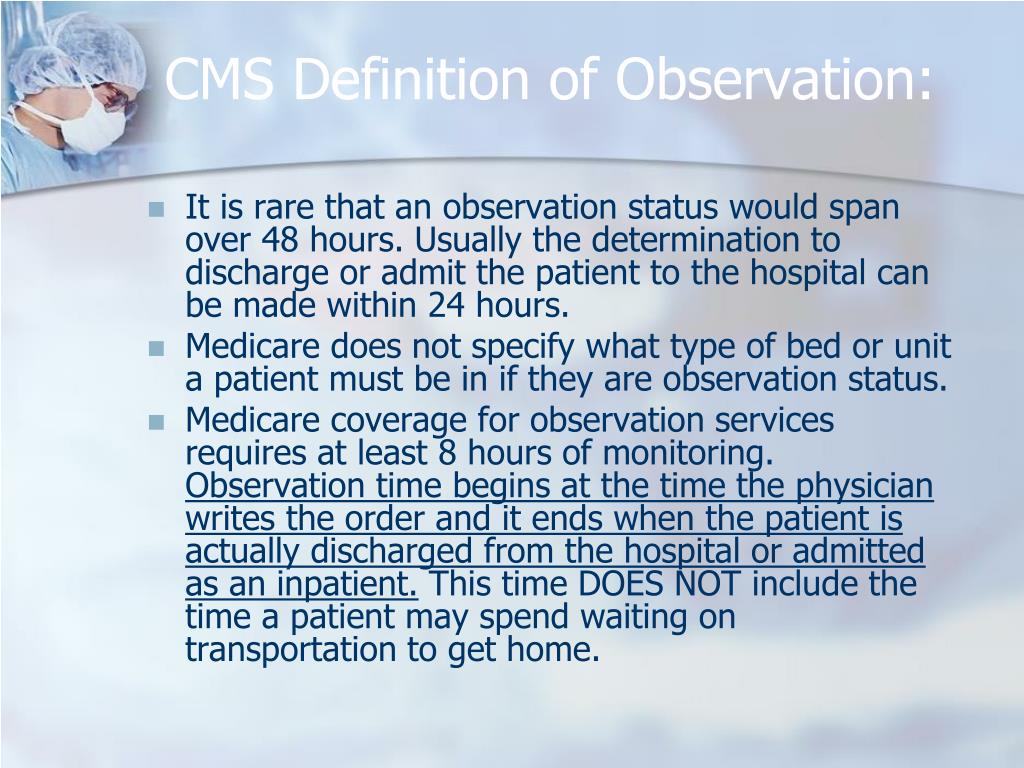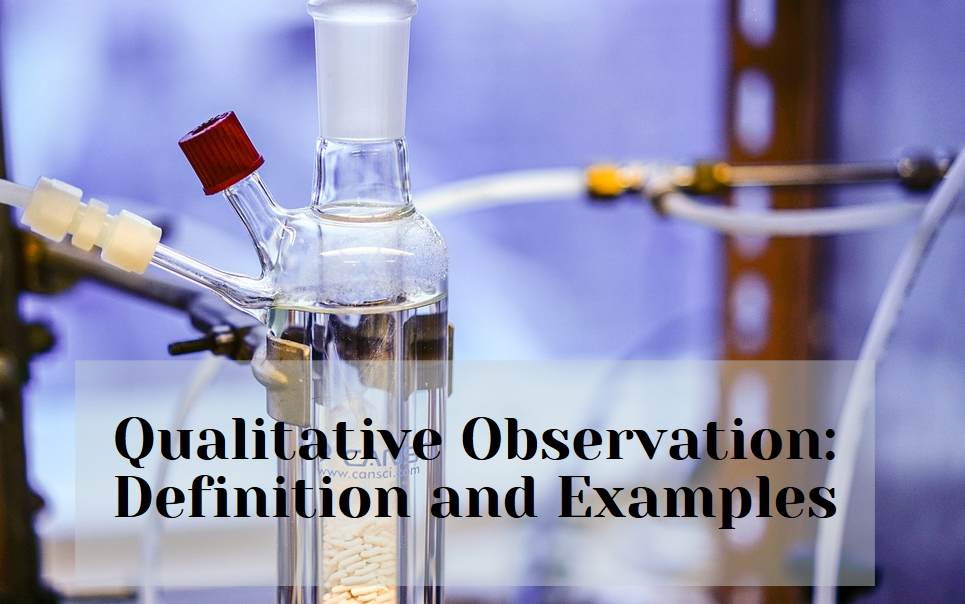

Quantitative data analysis will include regression models and descriptive statistics.

Analysis of qualitative data will draw on thematic and framework approaches. Semistructured interviews with stroke survivors, carers, occupational therapists, mentors, service managers and employers will explore their experiences as RETAKE participants. Longitudinal case studies incorporating non-participant observations will be conducted with a proportion of intervention and usual care participants. To understand the influence of social and structural contexts, the process evaluation will explore therapists’ attitudes towards evidence-based practice, competency to deliver the intervention and evaluate potential sources of contamination. Fidelity will be assessed through participant questionnaires and analysis of therapy records, examining frequency, duration and content of ESSVR sessions. Intervention training for therapists will be observed and use of remote mentor support reviewed through documentary analysis.

This protocol paper describes the embedded process evaluation.
DEFINITION OF OBSERVATION TRIAL
RETurn to work After stroKE (RETAKE) is a multicentre individual patient randomised controlled trial to determine whether Early Stroke Specialist Vocational Rehabilitation (ESSVR) plus usual care is a clinically and cost-effective therapy to facilitate return to work after stroke, compared with usual care alone. This mixed-method process evaluation underpinned by normalisation process theory aims to measure fidelity to the intervention, understand the social and structural context in which the intervention is delivered and identify barriers and facilitators to intervention implementation. The chapter discusses the differences between those types of observation, shows inspirational examples from previous studies, and summarizes the method. other researchers), various types of documentation, or self-observation. In the case of indirect observation, the researcher relies on observations of others (e.g. While participant observation follows the ideal of a long-time immersion in a specific culture as a marginal member, researcher conducting non-participant observation takes position of an outsider and tries to distance him/herself from the taken-for-granted categorizations and evaluations. Further in this chapter, the main characteristics of three types of observations are outlined (the fourth type-direct non-participant-is discussed in the chapter on shadowing). Observation can be either participant or not, direct or indirect. The observation comprises several techniques and approaches that can be combined in a variety of ways. Therefore, we start with practical guide on clarifying research objectives, accessing the research field, selecting subjects, observer’s roles, and tips on documenting the data collected. As a scientific method it is has to be carried out systematically, with a focus on specific research questions. It may be the main method in the project or one of several complementary qualitative methods. Observation is also one of the most important research methods in social sciences and at the same time one of the most complex.

Observation may be seen as the very foundation of everyday social interaction: as people participate in social life, they are diligent observers and commentators of others’ behavior.


 0 kommentar(er)
0 kommentar(er)
